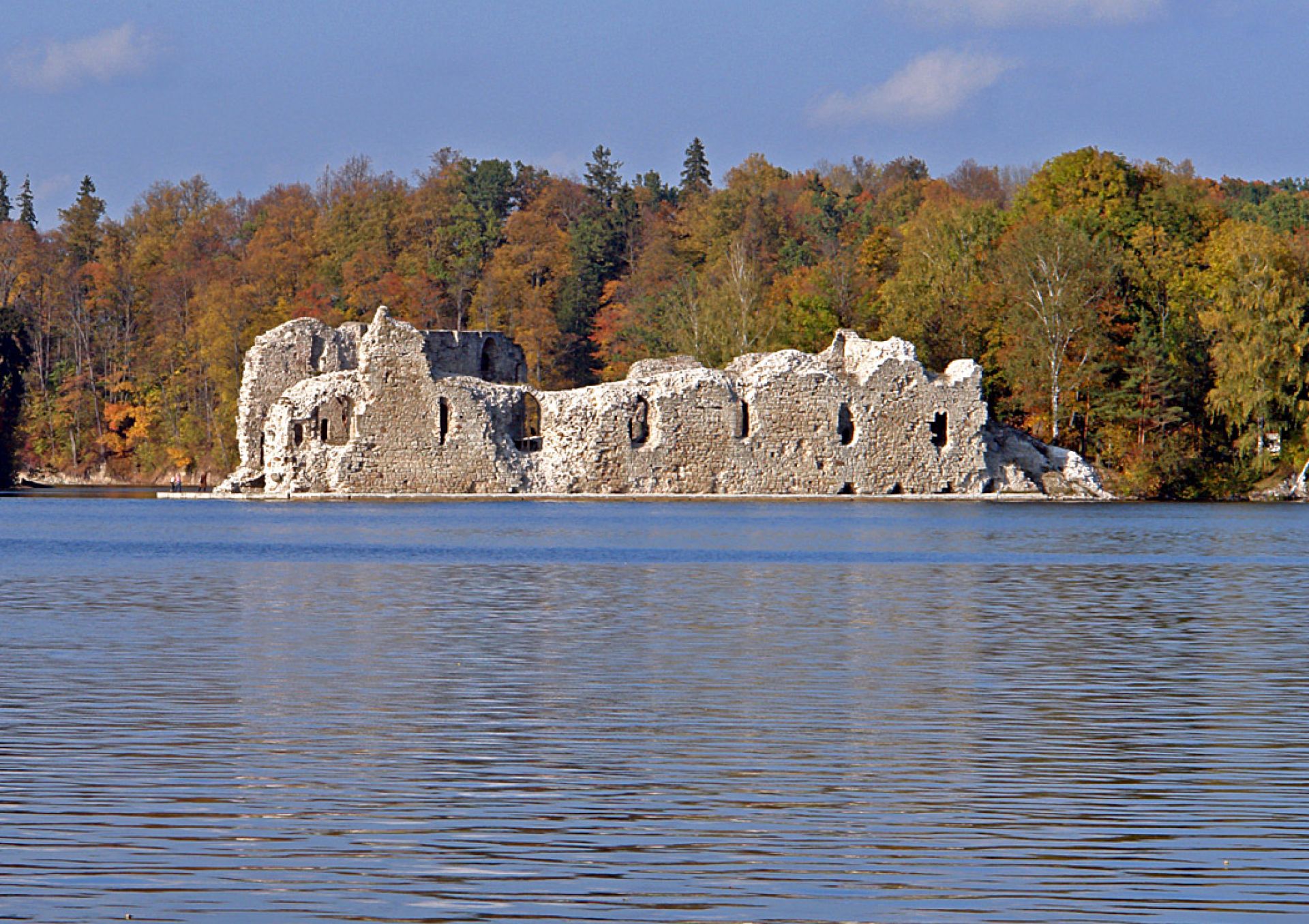All content and media files are published under a Creative Commons Attribution-ShareAlike 4.0 International License (CC BY-SA 4.0)
Koknese Castle is historical ruins of great value carefully maintained by the Latvian government.
It is believed that this wooden castle was erected in 1200 by the order of the bishop of Riga. By 1209, the constructions had rotted and begun to decay. So, he ordered to collect dolomite slabs on the seashore and rebuilt the castle. In the spring of 1210, the Lithuanians attacked the unfinished building but could not occupy it. Afterward, Koknese Castle has repeatedly suffered from attacks and attritions, but the residents always managed to take a punch without being captured.
The city treated differently by the authorities appeared around the castle over time. There were only four similar cities in Livonia at that time: Riga, Limbazi, Koknese, and Straupe.
By some miracle, the castle resisted all the conquering efforts of invaders. It had stood for 500 years and, along with the city surrounding its walls, was blown up by Polish troops at the beginning of the Great Northern War. After the war, the castle changed its owners several times. The last was Otto von Lowenstern who decided to build a new castle near the ruins. However, New Castle was never meant to exist for long: during the First World War, numerous shells hit and destroyed the castle to the ground.
The destiny of Koknese Castle continued to push it to the breaking point, even when there were only ruins left. In 1967 during the construction of the local condensing power plant, a large area, including the destroyed ancient castle, was flooded.
Today, everyone can visit the ruins of Koknese Castle: have a picnic, admire nature, think about the future and take beautiful pictures with the ruins.
